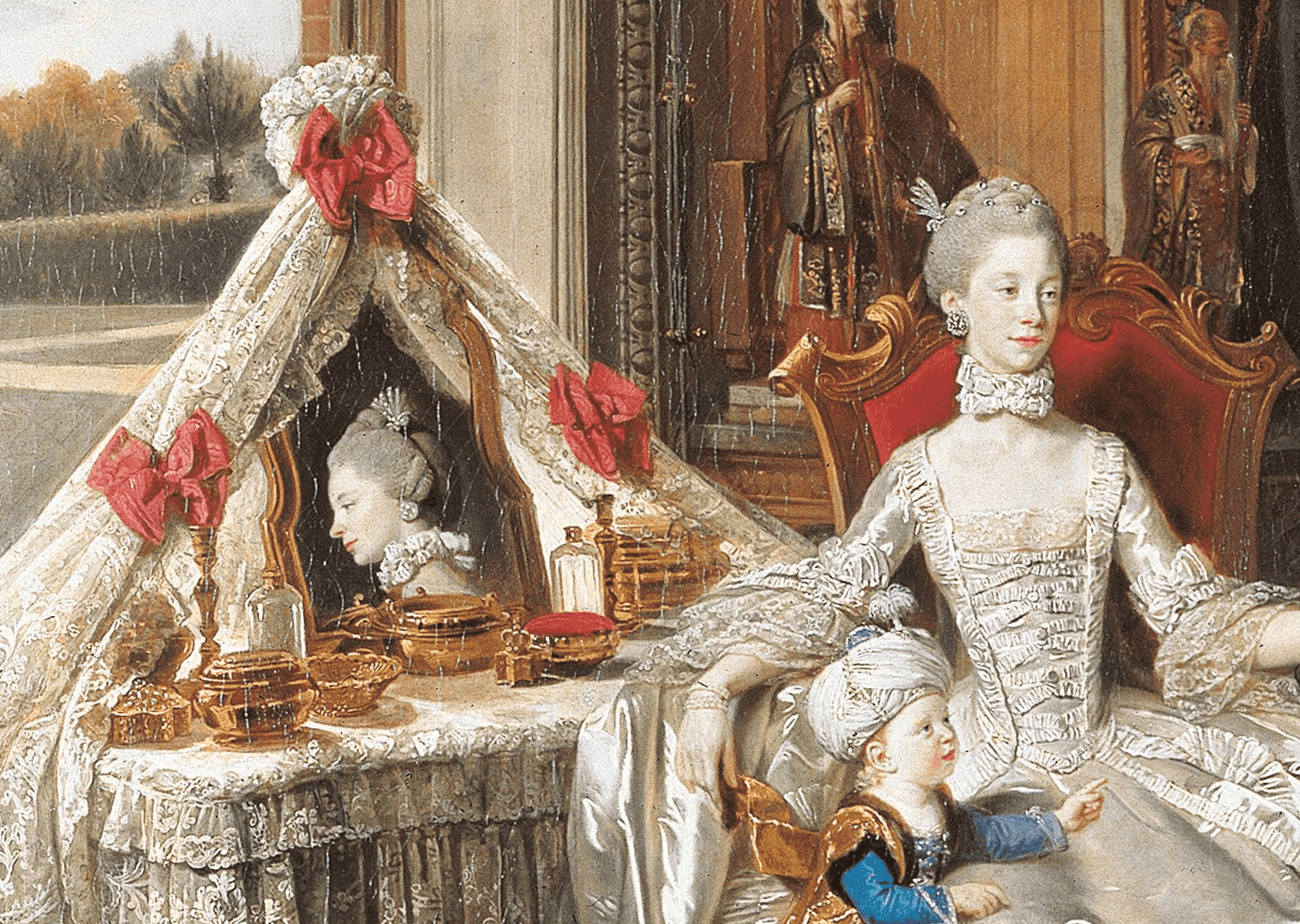Toilet
A toilet was originally a cloth used as a wrapper for clothes or a covering for a dressing table, from French toilette ‘cloth, wrapper’. From the first meaning developed a group of senses relating to dressing and washing, including ‘the process of washing, dressing, and attending to your appearance’, now rather dated, which is also expressed in the French form toilette. In the 18th century it was fashionable for a lady to receive visitors during the later stages of her ‘toilet’, which led to uses such as this by the dramatist Sir Richard Steele in 1703: ‘You shall introduce him to Mrs Clerimont's Toilet.’ People started using the word for a dressing room, and, in the USA, one with washing facilities. It was not until the early 20th century that it became a particular item of plumbing, namely a lavatory
(厕所):用作梳妆台台布的小块薄麻布
来自法语toile,本意是“一小块薄麻布”,表示用来包衣服的布,后来词义演变为“梳妆台台布”,后来继续演变为“梳妆打扮”,在往后演变为“梳妆室”。由于女性经常在厕所里盥洗和梳妆打扮,所以人们又将厕所美其名曰toilet。toilet是“厕所”的雅称,本身并不含有“厕所”之意。因此作动词时,do toilet不是“上厕所”,而是“梳洗打扮”
下图Queen Charlotte is doing her toilet, with her silver-gilt toilet service on the dressing-table. 这里的doing her toilet就是"梳洗打扮"的意思。
